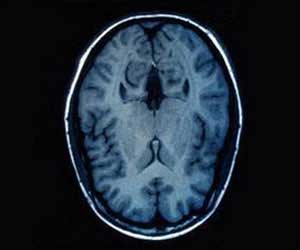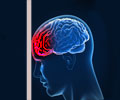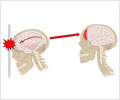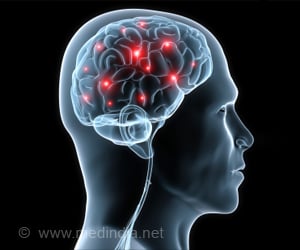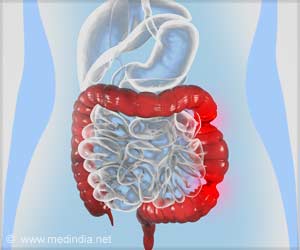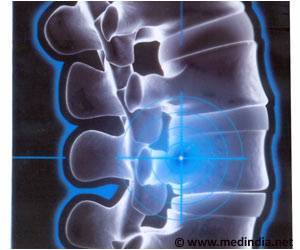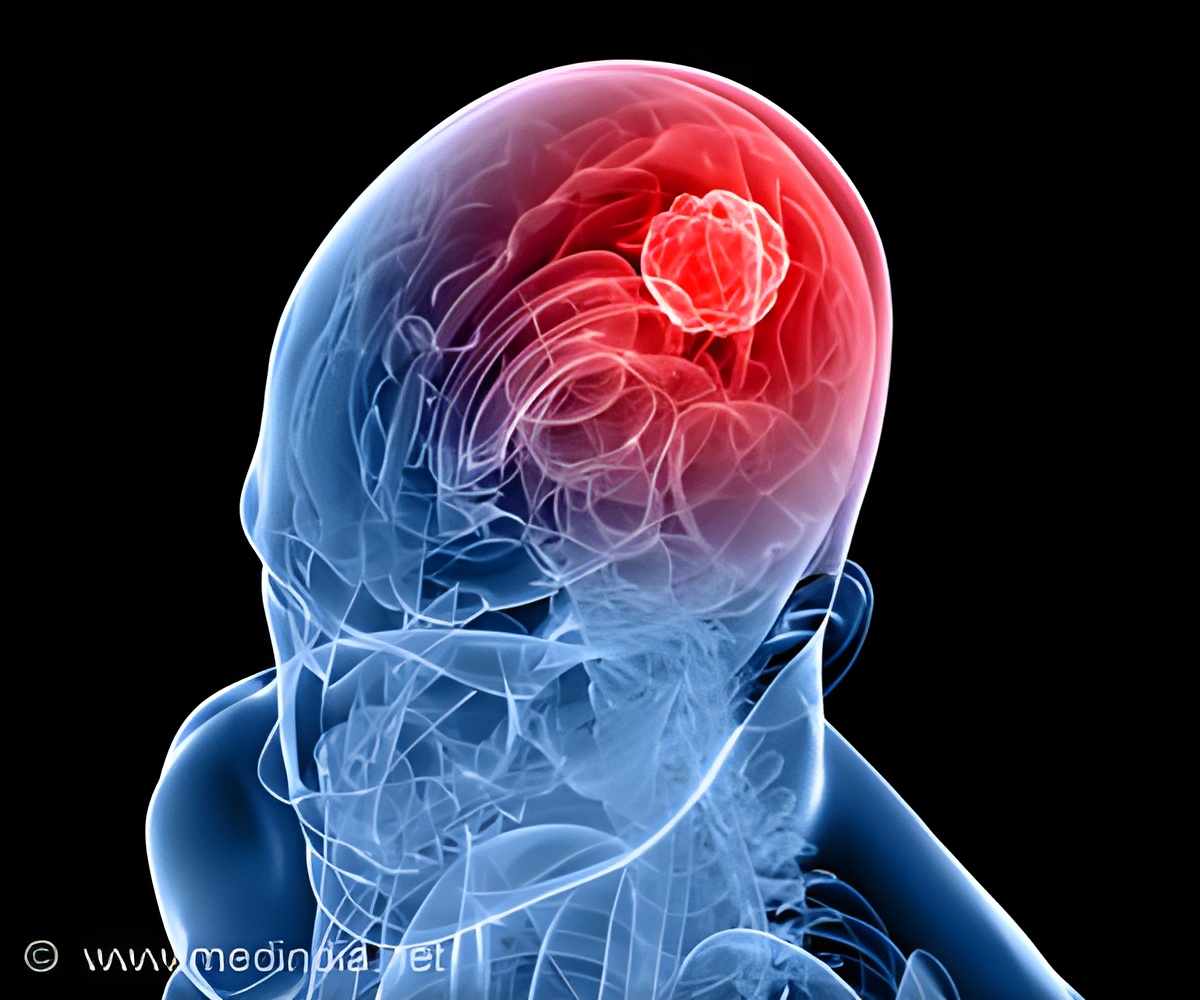
‘Concussions and other mild traumatic brain injuries arise when an area deep inside the brain shakes more rapidly and intensely than surrounding areas.’
Tweet it Now
Shaking the brain In previous studies, Camarillo's lab had outfitted 31 college football players with special mouthguards that recorded how players' heads moved after an impact, including a few cases in which players suffered concussions.
Laksari and Kurt's idea was to use that data, along with similar data from NFL players, as inputs to a computer model of the brain. That way, they could try to infer what happened in the brain that led to a concussion. In particular, they could go beyond relatively simple models that focused on just one or two parameters, such as the maximum head acceleration during an impact.
The key difference between impacts that led to concussions and those that did not, the researchers discovered, had to do with how - and more importantly where - the brain shakes. After an average hit, the researchers' computer model suggests the brain shakes back and forth around 30 times a second in a fairly uniform way; that is, most parts of the brain move in unison.
In injury cases, the brain's motion is more complex. Instead of the brain moving largely in unison, an area deep in the brain called the corpus callosum ¬- which connects the left and right halves of the brain - shakes more rapidly than the surrounding areas, placing significant strain on those tissues.
Advertisement
Concussion simulations that point to the corpus callosum are consistent with empirical observations - patients with concussions do often have damage in the corpus callosum. However, Laksari and Kurt emphasize that their findings are predictions that need to be tested more extensively in the lab, either with animal brains or human brains that have been donated for scientific study. "Observing this in experiments is going to be very challenging, but that would be an important next step," Laksari said.
Advertisement
Still, the payoff to uncovering that relationship could be enormous. If scientists better understand how the brain moves after an impact and what movement causes the most damage, Kurt said, "we can design better helmets, we can devise technologies that can do onsite diagnostics, for example in football, and potentially make sideline decisions in real time," all of which could improve outcomes for those who take a nasty hit to the head.
Source-Eurekalert

